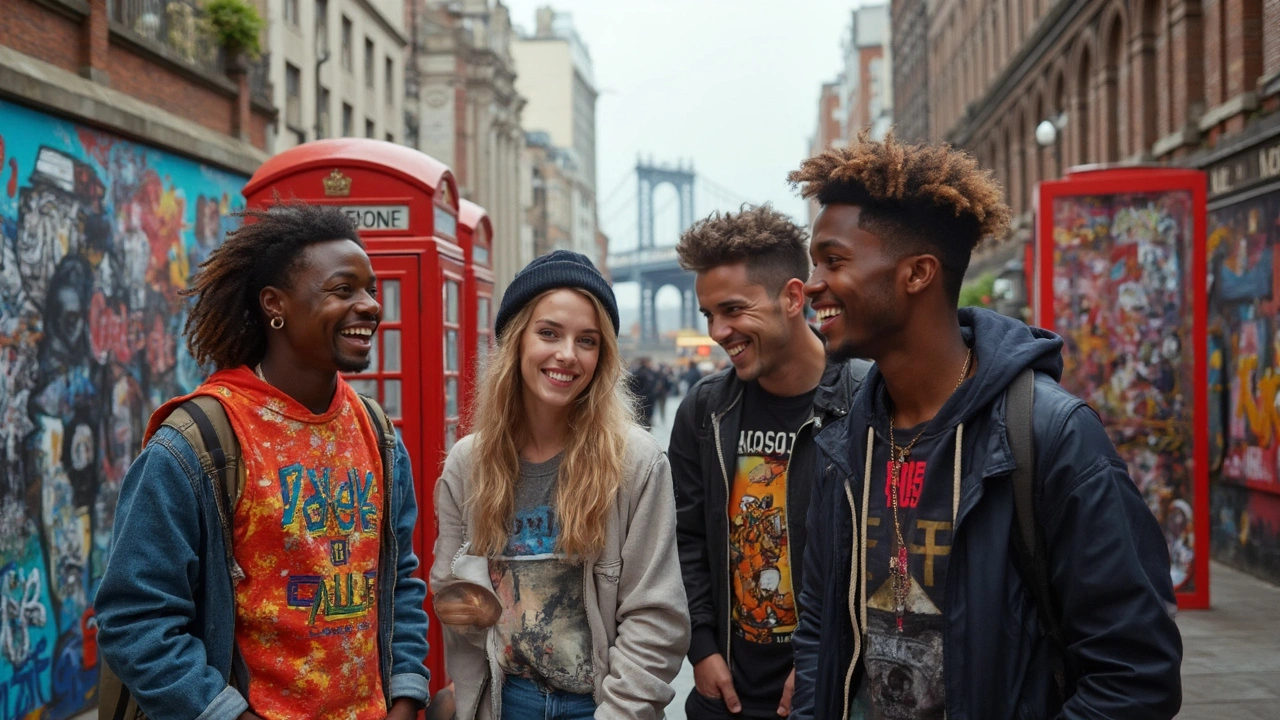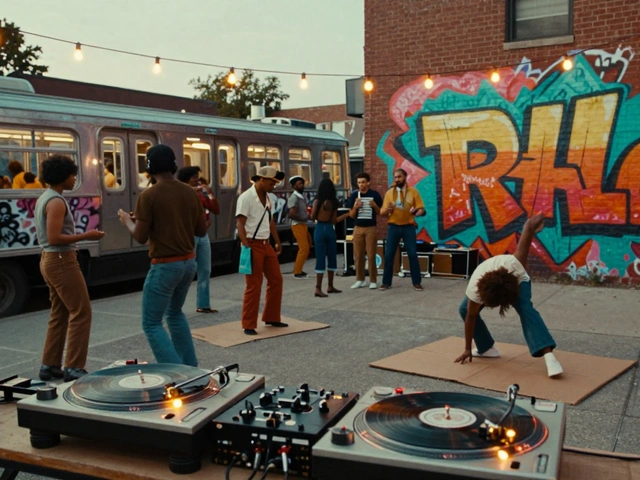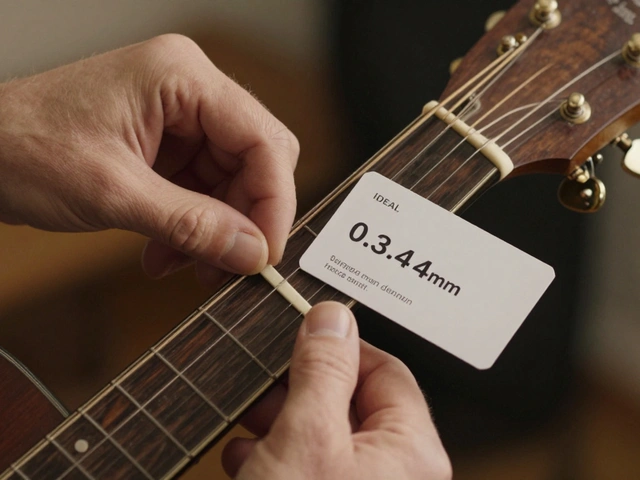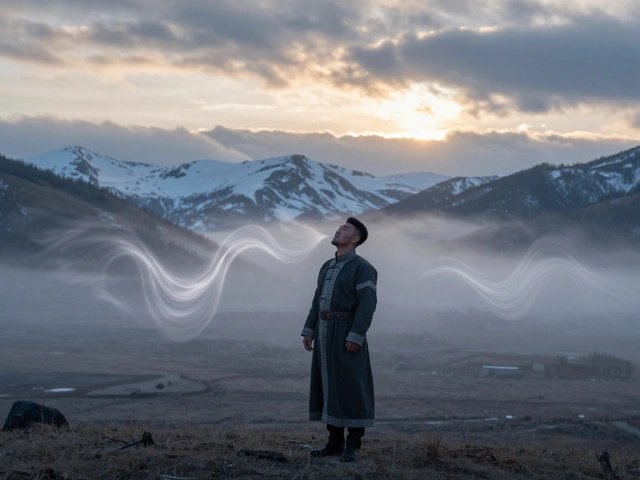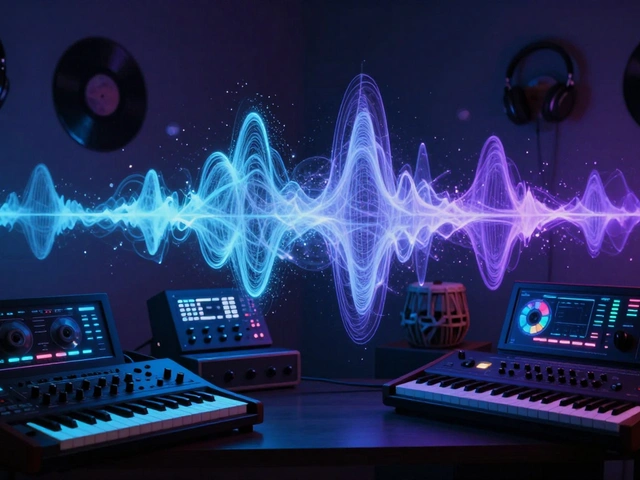Ever noticed how the music blasting from your speakers can totally change your mood or even your style? There’s a good reason for that. Music genres aren’t just random categories—they act like secret codes for belonging and identity, especially if you’re a teen or young adult trying to figure out who you are.
Different genres set off whole waves of trends, from fashion to how kids speak, even the slang they use online. For example, hip-hop doesn’t just bring beats; it brings language, attitude, and influence you can spot in streetwear, video memes, and Instagram captions. If you ever wondered why everyone's suddenly into vintage band tees or bucket hats, chances are, music has something to do with it.
Want to understand what music your teen is listening to or why that one song is stuck in your head? Knowing how genres work and what they stand for can give you real insight. And if you’re a parent, picking up on these signals can help you relate way better to your kids—not to mention keep you from accidentally roasting them in front of their friends!
- What Makes a Music Genre?
- Music as Identity: Why Teens Choose Genres
- Genre Waves: From Rock to K-pop
- How Lyrics and Style Shape Attitudes
- Tips for Navigating Music’s Influence
What Makes a Music Genre?
It’s easy to think of music genres as labels, but they’re actually built on a mix of sound, history, and culture. At its core, a genre is a way to group songs and artists that share similar traits—usually around beats, instruments, lyrics, and how they make you feel. For example, pop music uses catchy hooks and polished production, while punk is all about raw energy and stripped-down guitars.
But it's not just about how the music sounds. Genres also bring baggage from the scenes they come from. Think of hip-hop: it started in New York during the 1970s and exploded thanks to block parties, rapping, and breakdancing. Every big genre has a backstory that helps shape what it is and what it means to listeners.
- Music genres often get shaped by a specific time and place. Reggae came from Jamaica, K-pop exploded from South Korea, and techno found its roots in Detroit clubs.
- Genres mix and change constantly. Look at all the sub-genres—pop-punk, trap, indie rock—each borrowing from others to create something new.
- Lyrics are a big deal. Country songs usually tell stories about life and love, while EDM tracks are more about rhythm and energy than words.
Labels like “indie” or “alternative” are basically umbrellas for artists who want to do their own thing, without all the usual rules. Genres aren’t walls—they’re more like open doors for anyone to walk through, explore, and even mix up if they want.
If you’re ever confused about what genre a song belongs to, pay attention to the beat, the instruments, and the vibe. It’s less about strict rules and more about what feels right based on the music’s DNA and its cultural background.
Music as Identity: Why Teens Choose Genres
For teenagers, picking a favorite music genre is hardly random. It’s actually a big part of building who they are. At school or online, the question “What do you listen to?” is a social shortcut. It’s code for what group you fit in with—or don’t. Whether you’re into hip-hop, K-pop, or punk, your playlist can instantly say something about you before you even speak.
This isn’t just a trend made up by marketers. A survey by Spotify in 2023 found more than 80% of Gen Z listeners say certain genres make them feel seen or understood. That’s way more than with past generations. And if you think back, there’s a reason decades had their own sound—the rock kids of the ‘80s, the grunge fans of the ‘90s, today’s drill and trap listeners. That music becomes a badge and a way to signal what you stand for or what you’re going through.
There’s science behind all this, too. Studies from UCLA and NYU have shown that music lights up the brain’s reward centers and can amp up feelings of belonging, especially in teens. Most teens say they found friends by talking about their favorite artists. Some even pick up certain fashion styles, slang, or values based on those genres. Here’s a breakdown of what drives teens to pick their favorite genre:
- music genres help teens connect with friends who “get it.”
- Songs with real or relatable lyrics speak to their personal experiences.
- Each genre’s image—think clothes or attitude—makes it easy to join the style tribe.
- Online communities for specific genres give teens a place to find support, even if offline life feels awkward.
Take a quick look at this table showing how different genres translate into identity trends among U.S. teens (based on a Pew Research Center poll from 2024):
| Genre | Most Common Identity Signals | % Teens Identifying With It |
|---|---|---|
| Hip-Hop/Rap | Streetwear, activism, slang adoption | 29% |
| Pop | Trendy fashion, upbeat attitude, social media presence | 37% |
| Rock/Alternative | Band tees, unique accessories, individualism | 16% |
| K-pop | Fan groups, dance trends, bright aesthetics | 9% |
| Other | Mashup styles, niche communities | 9% |
So, when your teen tunes into a certain genre nonstop, know it’s about much more than just sound. It’s a major piece of how they see themselves—and want others to see them too.
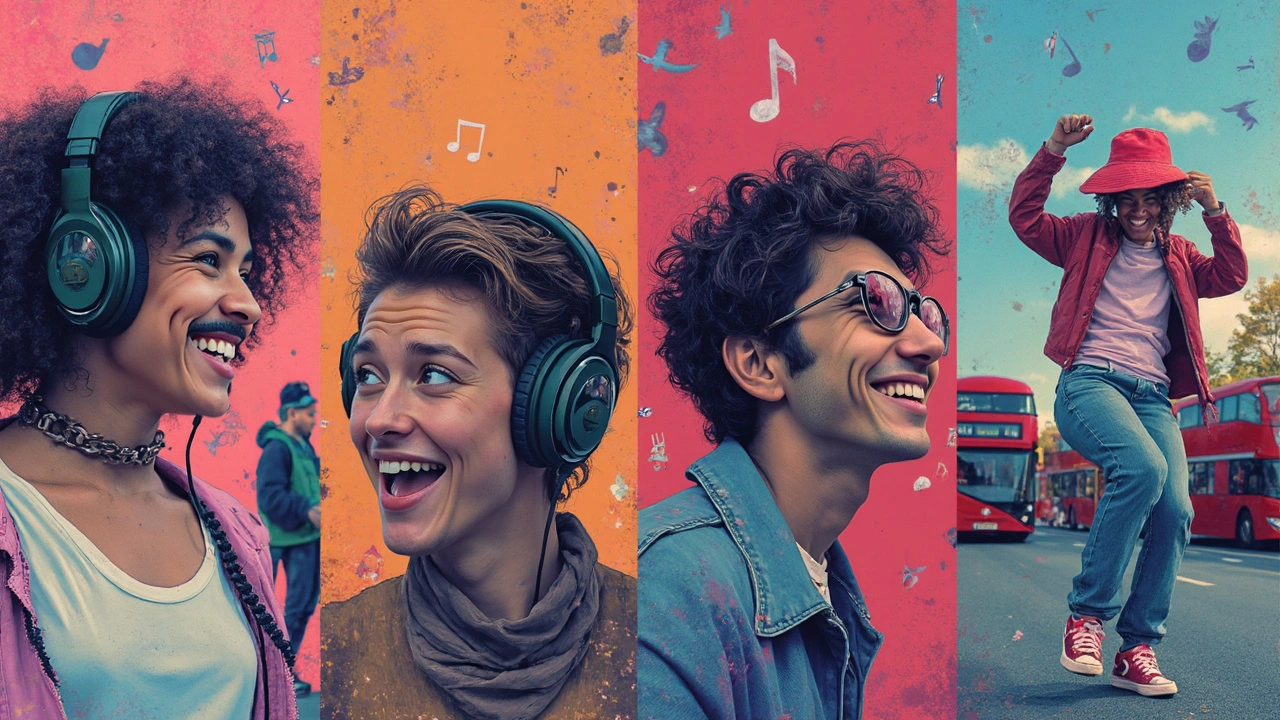
Genre Waves: From Rock to K-pop
Music genres shape youth culture in ways parents and teachers sometimes don’t get until it hits their own homes. Let’s look at how big genre moments made their mark, starting with rock and rolling right up to today’s K-pop phenomenon.
Back in the 1950s and 60s, rock 'n' roll was basically teen rebellion’s anthem. Think Elvis shaking up TV screens, the Beatles causing “Beatlemania,” or later, punk rockers turning up their noses at anything mainstream. These genres weren’t just about the music—they sent shockwaves through fashion (hello, leather jackets) and even politics, with youth-led protests often using rock as a soundboard.
By the 1980s and 90s, hip-hop exploded in cities like New York and Los Angeles, giving real voice to issues like racism, poverty, and identity. You’d see hip-hop’s effect almost instantly: breakdancing in the streets, gold chains, and graffiti started popping up basically everywhere. The genre’s impact wasn’t just local—it spread fast and now dominates streaming charts globally. Hip-hop is more than a sound; it's a movement, a way to express “I see you” to real struggles kids face.
The 2000s brought pop into the phones and hands of young people everywhere. Britney Spears, Justin Timberlake, and Rihanna hit “repeat” on mainstream radio and YouTube, setting trends with every hit. Pop’s catchy hooks and upbeat vibes make it almost impossible to avoid, which is why you’ll see its style in everything from shopping mall playlists to Instagram challenges. Music genres like pop are so huge, entire industries—from fashion to tech—follow their lead.
Lately, K-pop has stolen the spotlight, especially with groups like BTS and BLACKPINK. These artists blend talent, dance, and social media to rally armies of fans all over the world. Don’t think K-pop is only for Korean teens either; US kids are learning Korean lyrics and following dance tutorials they spot on TikTok. What’s different with K-pop? It’s all about community. Fans (called “stans”) join together online, vote in competitions, even organize charity drives. K-pop doesn’t just set music trends—it creates a sense of global belonging for millions of youth.
When you look at each wave, you’ll spot a pattern: new music genres offer a way for young people to create their own rules, push boundaries, and feel seen. That’s why each new trend grabs so much attention—it fills a real need.
How Lyrics and Style Shape Attitudes
You’ve probably caught yourself humming a catchy line for days, or maybe noticed your friends quoting lyrics like everyday advice. That’s not just random stuff getting stuck in your head—music lyrics can really shape how people think, talk, and see the world. Young listeners, especially, pick up tons of values and ideas just from what their favorite artists are saying in a song.
Take hip-hop, for example—it’s way more than a genre; it’s a major influence on self-expression and street language among teens. Studies from Pew Research show that about 71% of U.S. teens say music helps them feel understood, and hip-hop leads that connection because it addresses real-life struggles and hopes in plain language.
It’s not only what’s sung. It’s music genres setting the tone, too. Punk shouts about rebellion and nonconformity. K-pop stars drive trends in fashion and makeup. Even rock has shaped attitude for generations—think ripped jeans, DIY pins, and bold hair colors. When you see crowds dressing like their favorite performers, you’re seeing a ripple effect: the music scene sets style goals.
Compare these influences across a few top genres in the table:
| Genre | Typical Lyrics Theme | Popular Styles | Common Impact on Youth |
|---|---|---|---|
| Hip-Hop | Real-life problems, ambition, social justice | Streetwear, bold sneakers, baggy clothes | Confidence, outspokenness, trendsetting |
| Pop | Love, growing up, friendship, optimism | Bright colors, casual looks | Inclusivity, positivity |
| Rock | Rebellion, emotion, self-discovery | Band tees, jeans, leather jackets | Independence, questioning authority |
| K-pop | Dreams, social unity, love, fun | Fresh makeup, flashy outfits | Global thinking, creative self-expression |
Here’s a tip if you’re a parent or just curious about music’s pull—listen to a couple of your kid’s favorite songs and check what the lyrics say. If you spot big themes like standing up to bullies, dreaming big, or handling stress, there’s a good chance those songs are shaping daily attitudes. For teens, being aware of these messages helps you pick up influences that help your confidence or spark new interests—just don’t be shy to talk about what hits home.

Tips for Navigating Music’s Influence
If music genres are steering youth culture, figuring out how to deal with that influence is crucial—especially for parents and teenagers. Being smart about what you listen to (and why) can help you build self-awareness and even better relationships. Here’s what really works:
- Music genres often act like personal labels—don’t panic if your kid suddenly ditches pop for punk or K-pop. These shifts are usually part of figuring out identity.
- Pay attention to lyrics. According to a Pew Research Center study from 2023, 68% of teens say lyrics influence their mood and views. If something seems off, check out the artist’s message together, and talk about what it means.
- Try listening together. Picking your teen’s favorite playlist for a car ride can open up surprising conversations. It shows you care about their interests—even if the bass is rattling your windows.
- Encourage a mix of genres. Exposure to different sounds and cultures can make anyone more open-minded. Spotify found that users aged 16–24 listen to the widest variety of genres compared to older adults.
- Watch for music-based trends that could impact self-esteem, like fashion or body image influencers coming from a specific scene.
Still worried about too much negativity in some songs? Instead of banning music, talk about it openly. Teens are way more likely to share their thoughts (and not just roll their eyes) if you ask instead of judge.
Check out these stats showing just how deep music’s impact goes:
| Factor | Percentage of Teens Reporting Impact (2024) |
|---|---|
| Music Influences Fashion Choices | 54% |
| Music Affects Mood/Emotions | 83% |
| Music Sparks Conversations with Friends | 71% |
The bottom line? Music isn’t just background noise. If you tune in and talk about it, you can actually turn all those playlists into a way to connect, understand, and even learn together.

